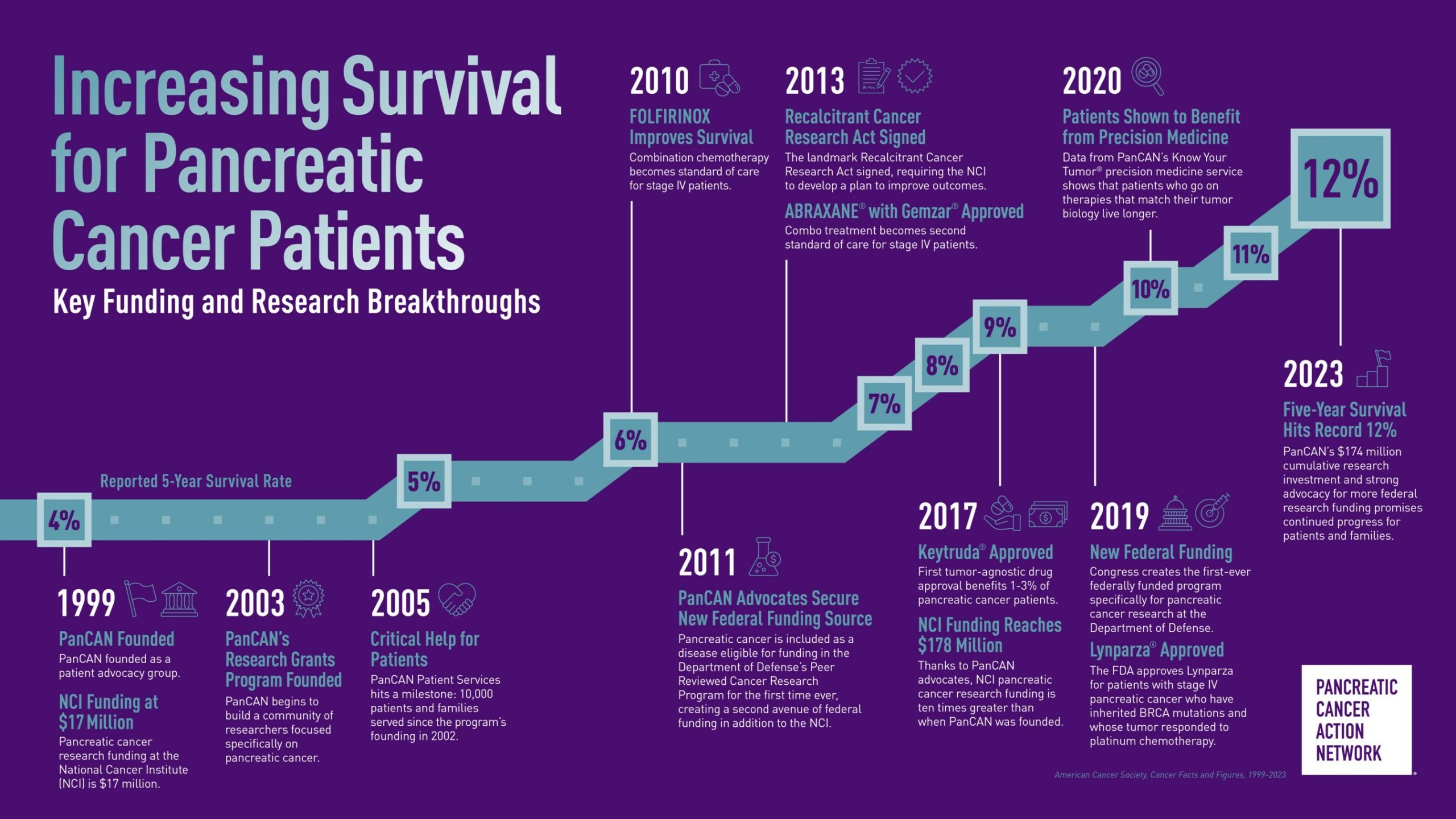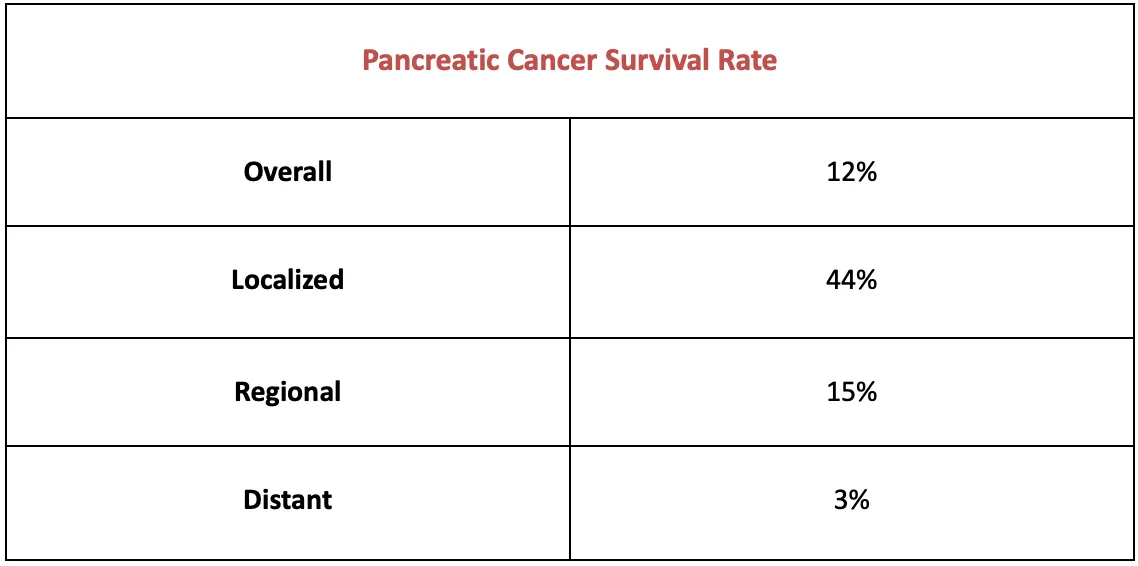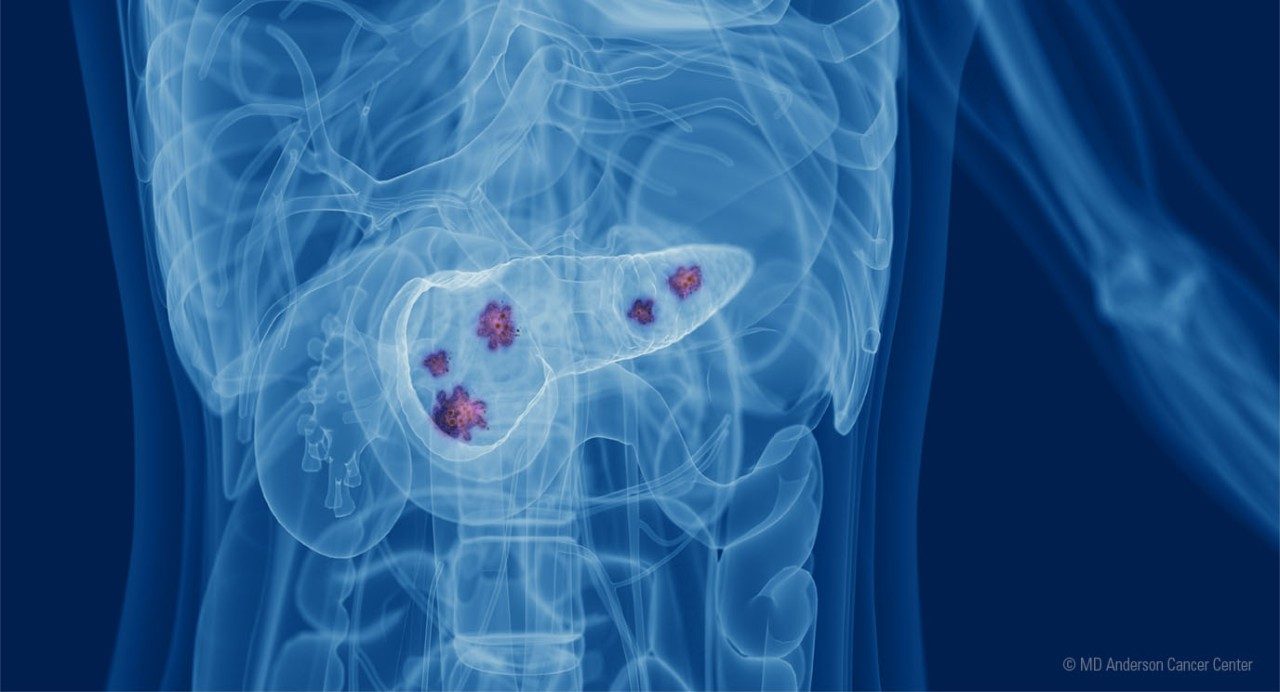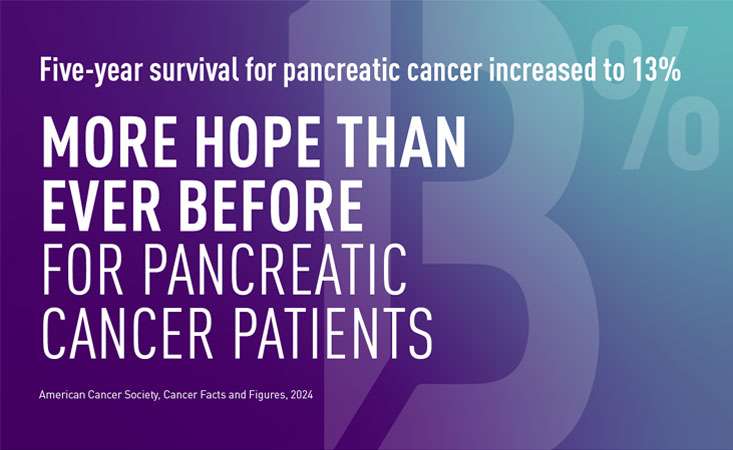Md Anderson Pancreatic Cancer Survival Calculator

Imagine sitting across from your doctor, the sterile scent of the clinic hanging in the air. The weight of a recent pancreatic cancer diagnosis presses down, each question a step into uncharted territory. What does this mean for the future? How long might I have?
A new tool developed by researchers at The University of Texas MD Anderson Cancer Center aims to offer a personalized glimpse into that future. This survival calculator, meticulously crafted using data from thousands of patients, provides estimates of survival probabilities for individuals diagnosed with pancreatic cancer.
Decades of Dedication: Building the Foundation
The journey to creating this calculator spans decades of research and clinical experience. MD Anderson has long been a leader in pancreatic cancer research and treatment, amassing a wealth of data on patient outcomes.
This extensive database, containing information on various patient characteristics, treatment approaches, and disease progression, formed the bedrock for developing the predictive model.
The Science Behind the Solution
The calculator isn’t a crystal ball, of course. It employs sophisticated statistical methods to analyze the relationships between different factors and survival outcomes.
Variables such as age, stage of cancer, tumor size, lymph node involvement, and treatment type are all factored into the equation. The algorithm then generates an estimated survival probability at specific time points, such as one, two, or five years after diagnosis.
It's important to note that these are estimates based on population data, and individual experiences can vary significantly.
Beyond Numbers: Empowering Patients
The value of this calculator extends far beyond simply providing numbers. Its core purpose is to empower patients and their families with information to make informed decisions about their care.
Understanding potential survival outcomes can help patients prioritize treatment goals, explore different therapeutic options, and engage in meaningful conversations with their medical team.
"This tool is not designed to replace the doctor-patient relationship, but to enhance it,"explains one of the lead researchers.
A Tool for Shared Decision-Making
The calculator serves as a springboard for deeper discussions. Patients can use the information it provides to ask specific questions about their prognosis and treatment options.
It allows them to actively participate in shaping their own care plan, ensuring that their values and preferences are taken into account. The hope is to foster a sense of control and agency during a challenging time.
Navigating the Unknown: A Path Forward
While the survival calculator offers valuable insights, it’s crucial to approach the information with sensitivity and realism.
Survival estimates are just that—estimates. Individual responses to treatment and disease progression can vary widely. This tool complements medical expertise, but should not replace the guidance of healthcare professionals.
The calculator represents a significant step forward in personalized medicine for pancreatic cancer. It's a testament to the power of data-driven insights to empower patients and improve their quality of life.
In the face of uncertainty, tools like this offer a beacon of hope, guiding patients and their loved ones through the complex landscape of cancer care, one informed decision at a time.


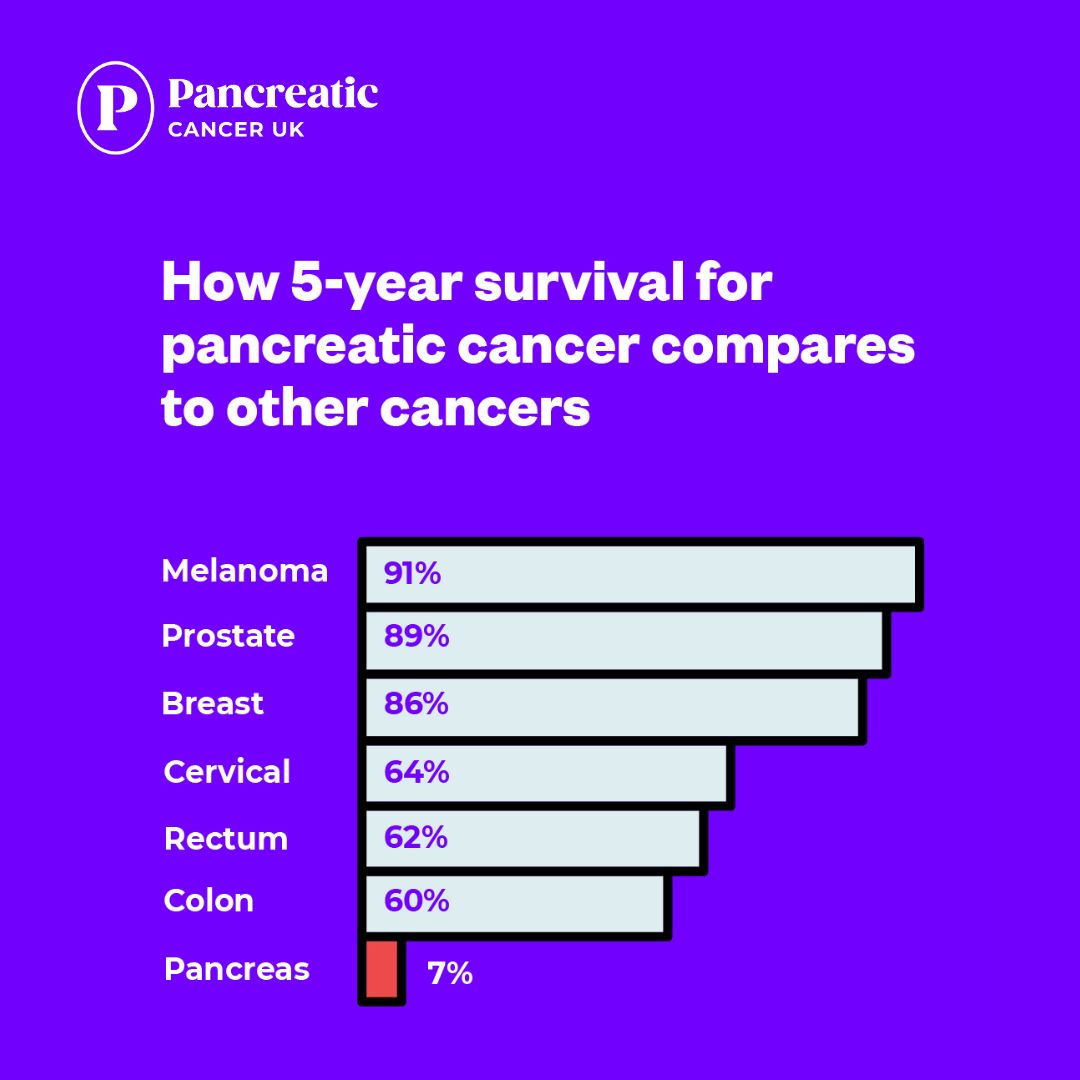

![Md Anderson Pancreatic Cancer Survival Calculator The MD Anderson resectability criteria for PDAC [1]. | Download](https://www.researchgate.net/publication/373288491/figure/tbl2/AS:11431281183171969@1692722768112/The-MD-Anderson-resectability-criteria-for-PDAC-1_Q640.jpg)
